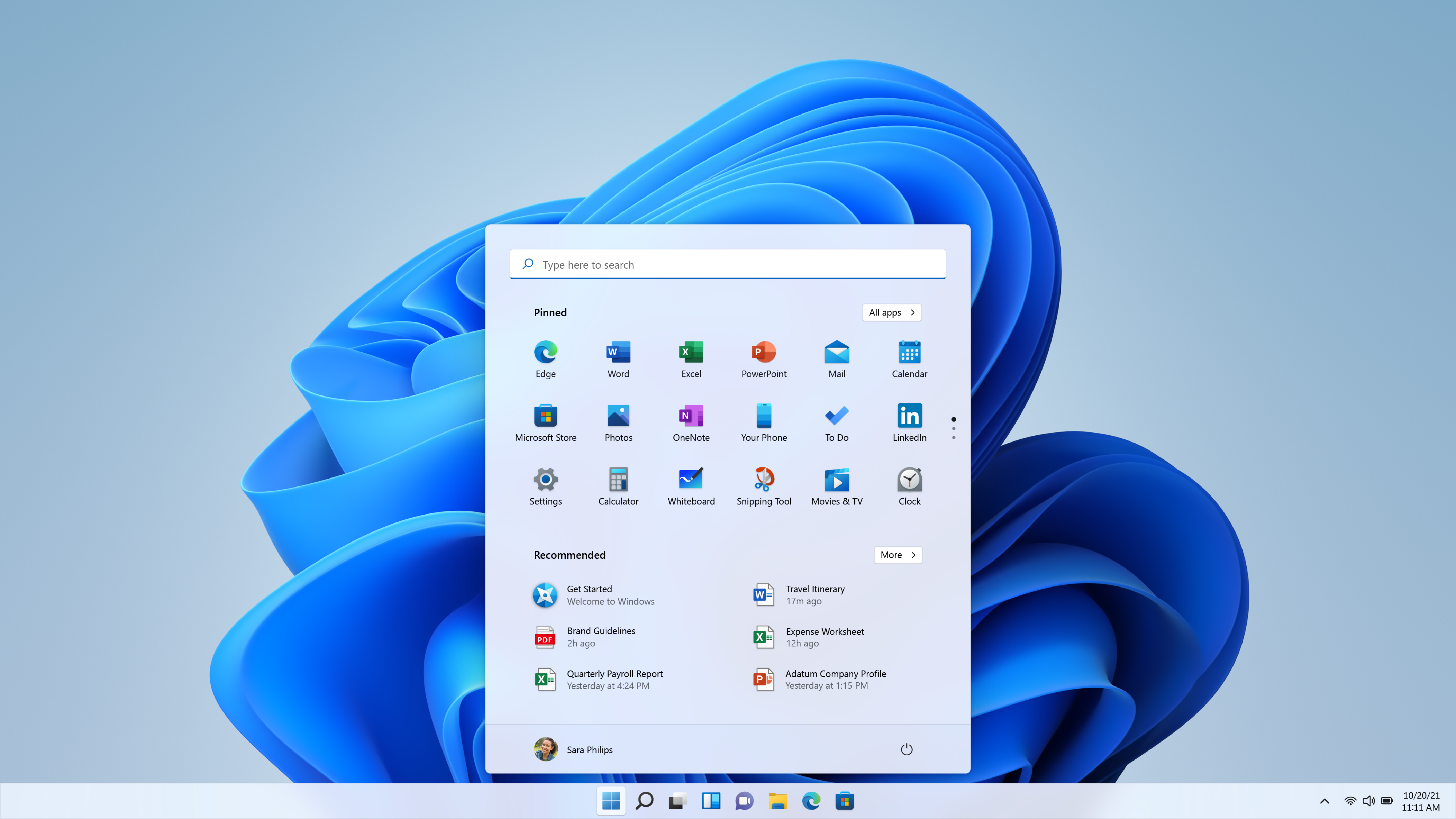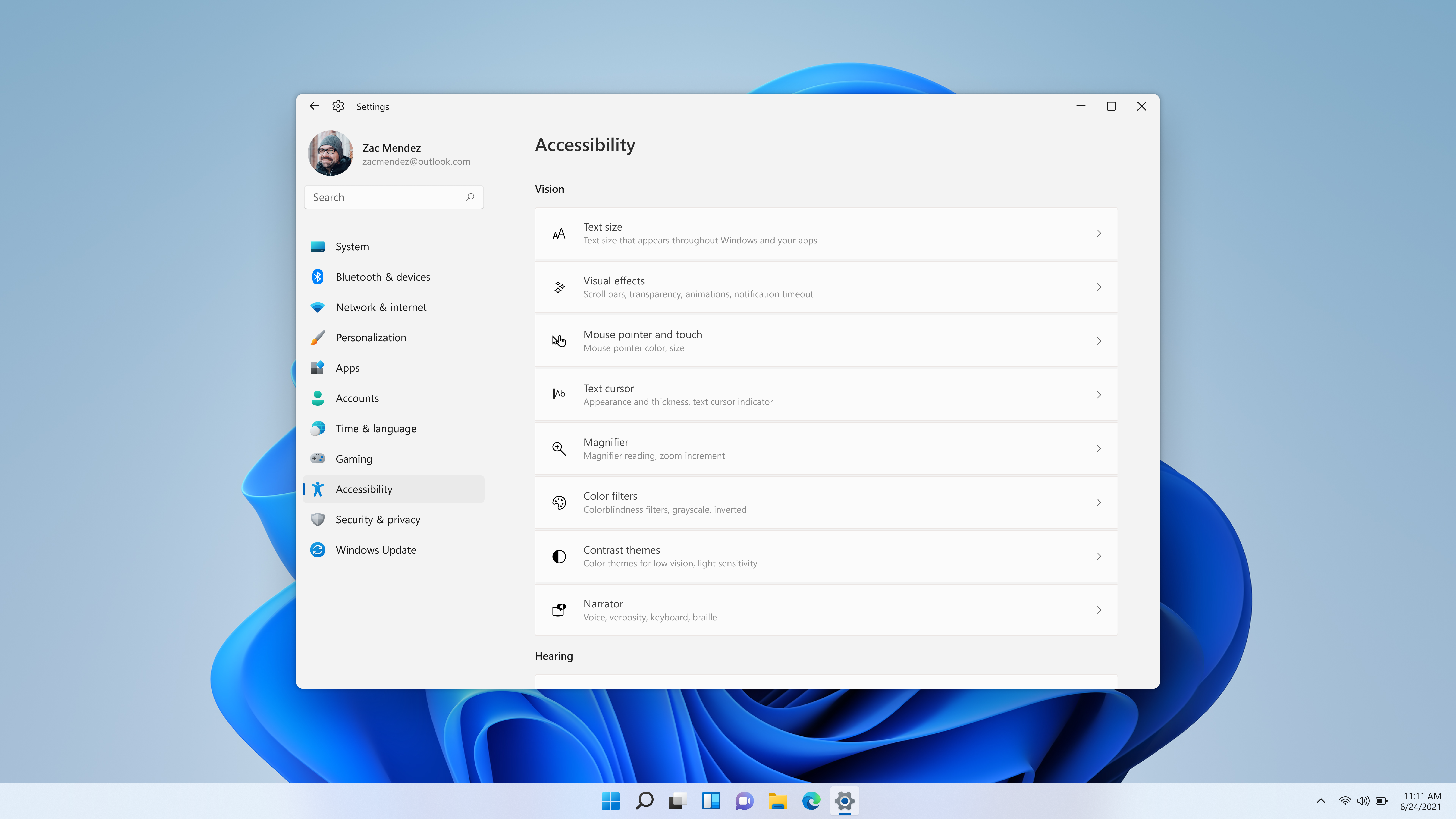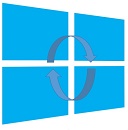This post has been republished via RSS; it originally appeared at: Windows Blog.
Today, I’m excited to share more information about the Windows 11 accessibility journey. Earlier this year, Microsoft announced its upped commitments and ambitions for accessibility. And, we recently introduced Windows 11. An early preview of Windows 11 is available to Windows Insiders today and will start to be generally available later this year. I’m excited to share our ambition to empower people with disabilities to achieve more with Windows and more specifically, what’s coming in Windows 11. Note, this is a lengthy post, we’ve got a lot to share.Beyond possible, efficient and yes, delightful
Accessible technology is a fundamental building block that can unlock opportunities in every part of society. A more accessible Windows experience has the power to help tackle the “disability divide” -- to contribute to more education and employment opportunities for people with disabilities across the world. Already, more than a billion people enjoy creating, connecting, learning and achieving on Windows. Beyond simply making these things possible, we aspire for each of our users across the disability spectrum to enjoy experiences that are efficient, fun and yes, delightful. Windows has a great opportunity. Our ambition is shaped by you. We have a lot to do, and what’s outlined below is just the start. Information about how to reach us to provide feedback or for assistance with Windows is included at the end of this post.Windows 11 is the most inclusively designed version of Windows
Windows 11 was redesigned for productivity, creativity and ease of use. While it will feel familiar, e.g., with a Desktop, Start menu, Search, Taskbar, Settings and many other features that you have come to expect, it is also simpler, with a modern, fresh and clean design. Accessibility was considered from the start, with inclusive design reviews of new and redesigned features. And, beyond designing for accessibility with and for people with disabilities, we employed Trusted Tester conformance tests, usability tests and other processes to help ensure Windows 11 is accessible at availability later this year. Meanwhile, we’re excited to gather additional feedback from Windows Insiders about how we can further improve the experience. If you’re not a Windows Insider yet, now is the time to join! [caption id="attachment_176001" align="aligncenter" width="4000"] Windows 11 Start menu. Windows 11 is both familiar and simpler with a modern, fresh and clean design.[/caption]
Windows 11 offers familiar assistive technologies like Narrator, Magnifier, Closed Captions and Windows Speech Recognition to support users across the disability spectrum. Windows 11 also supports assistive technologies created by our partners including popular screen readers, magnification programs, CART services, speech commanding and other experiences.
Windows 11 also includes many improvements.
People who are blind, and everyone, can enjoy new sound schemes. Windows 11 includes delightful Windows start-up and other sounds, including different sounds for more accessible Light and Dark Themes. People with light sensitivity and people working for extended periods of time can enjoy beautiful color themes, including new Dark themes and reimagined High Contrast Themes. The new Contrast Themes include aesthetically pleasing, customizable color combinations that make apps and content easier to see.
Deaf and hard of hearing, language learners, and people in noisy or in quiet environments can enjoy redesigned Closed Caption themes that are easier to read and customize.
And, multiple sets of users can enjoy Windows Voice Typing, which uses state-of-the-art artificial intelligence to recognize speech, transcribe and automatically punctuate text. People with severe arthritis, repetitive stress injuries, cerebral palsy and other mobility related disabilities, learning differences including with severe spelling disabilities, language learners and people that prefer to write with their voice can all enjoy Voice Typing.
Ultimately, everyone can enjoy Windows’ simplified design and user experience. It is modern, fresh, clean and beautiful.
Windows 11 Start menu. Windows 11 is both familiar and simpler with a modern, fresh and clean design.[/caption]
Windows 11 offers familiar assistive technologies like Narrator, Magnifier, Closed Captions and Windows Speech Recognition to support users across the disability spectrum. Windows 11 also supports assistive technologies created by our partners including popular screen readers, magnification programs, CART services, speech commanding and other experiences.
Windows 11 also includes many improvements.
People who are blind, and everyone, can enjoy new sound schemes. Windows 11 includes delightful Windows start-up and other sounds, including different sounds for more accessible Light and Dark Themes. People with light sensitivity and people working for extended periods of time can enjoy beautiful color themes, including new Dark themes and reimagined High Contrast Themes. The new Contrast Themes include aesthetically pleasing, customizable color combinations that make apps and content easier to see.
Deaf and hard of hearing, language learners, and people in noisy or in quiet environments can enjoy redesigned Closed Caption themes that are easier to read and customize.
And, multiple sets of users can enjoy Windows Voice Typing, which uses state-of-the-art artificial intelligence to recognize speech, transcribe and automatically punctuate text. People with severe arthritis, repetitive stress injuries, cerebral palsy and other mobility related disabilities, learning differences including with severe spelling disabilities, language learners and people that prefer to write with their voice can all enjoy Voice Typing.
Ultimately, everyone can enjoy Windows’ simplified design and user experience. It is modern, fresh, clean and beautiful.
Windows accessibility features are easier to find and use
Importantly, more than improving existing accessibility features, introducing new features and making users’ preferred assistive technology compatible with Windows 11, we are making accessibility features easier to find and use. You gave us feedback that the purpose of the “Ease of Access” Settings and icon was unclear. And you said that you expected to find “Accessibility” settings. We listened and we changed Windows. We rebranded Ease of Access Settings to Accessibility and introduced a new accessibility “human” icon. We redesigned the Accessibility Settings to make them easier to use. And of course, Accessibility features are available in the out of box experience and on the Log on and Lock screens so that users can independently setup and use their devices, e.g., with Narrator. [caption id="attachment_176000" align="aligncenter" width="5760"] Windows 11 Accessibility Settings, formerly known as “Ease of Access” Settings.[/caption]
Windows 11 Accessibility Settings, formerly known as “Ease of Access” Settings.[/caption]
